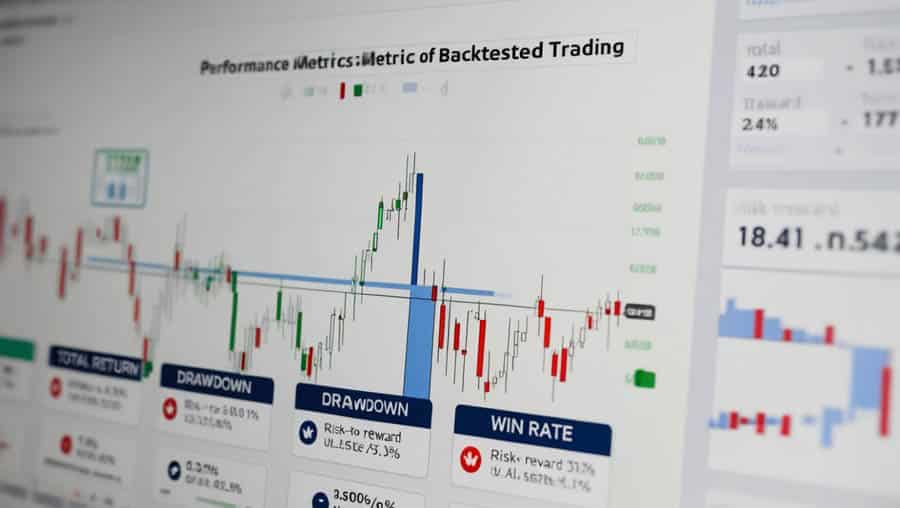Ultra-short-term trading (also known as intraday trading, from the English term Day Trading) refers to buying and selling stocks within the same trading day in order to profit from short-term price fluctuations. Today, let’s explore some classic ultra-short-term trading strategies.
Overview of Trend Trading Strategies
Trend trading strategies involve trading based on the overall direction of market prices. In this approach, traders aim to identify and follow the prevailing market trend—whether it’s upward, downward, or sideways. The main goal is to enter at the early stage of a trend, hold the position as long as possible, and exit when the trend reverses or ends, thereby maximizing profits.
The underlying logic of trend trading is based on several key assumptions:
- Market prices tend to move in a certain direction (upward, downward, or sideways) for a period of time.
- Once a trend is established, it usually persists until a reversal signal appears.
- Due to behavioral tendencies and psychological biases of market participants, price movements exhibit a certain momentum and are unlikely to reverse immediately.
Momentum Trading and Breakout Trading
Momentum trading strategies rely on price momentum—the speed and direction of price changes. Momentum traders seek to buy when prices are rising strongly and sell when momentum weakens.
How to implement a momentum trading strategy:
Identify momentum:
Use technical indicators such as the Relative Strength Index (RSI), Momentum Indicator, or Moving Averages (MA) to assess price momentum.
Set entry conditions:
Consider buying when momentum indicators show strong upward momentum—e.g., when RSI exceeds a threshold (such as 70), or when a short-term moving average (like the 10-day MA) crosses above a long-term moving average (like the 50-day MA).
Set exit conditions:
Exit when momentum weakens—e.g., when the RSI drops to a certain level or the short-term MA crosses below the long-term MA.
Set stop-losses:
Always set a stop-loss for each trade to prevent significant losses due to unexpected price reversals.
Breakout trading strategies, on the other hand, rely on strong price movements when key support or resistance levels are breached. Breakouts are often accompanied by high trading volumes, indicating that a new trend may be starting.
Execution steps:
Identify key support and resistance levels:
Use historical price charts to locate support levels where price has rebounded multiple times, and resistance levels where price has repeatedly pulled back.
Monitor trading volume:
High volume typically accompanies breakouts, signaling market consensus.
Set entry conditions:
Buy when the price breaks above a resistance level with high volume, or sell when it breaks below a support level with high volume.
Set exit conditions:
Exit based on new support/resistance levels, or use technical indicators such as moving average crossovers or Bollinger Bands.
Set stop-losses:
Place stop-loss orders near support or resistance levels to manage potential losses.
Fibonacci Retracement Levels
Fibonacci retracement is a technical analysis tool used primarily to identify potential support and resistance levels. It is based on Fibonacci ratios (such as 23.6%, 38.2%, 50%, 61.8%, and 78.6%), which suggest that prices may retrace to these levels during a trend. Although commonly applied to medium- and long-term trend analysis, more traders are now using Fibonacci retracement even for short-term and ultra-short-term trading.
Here’s how to identify key intraday support and resistance levels using Fibonacci retracement:
- Select significant highs and lows after the market opens, or use the previous day’s high and low points.
- Use the Fibonacci tool on your trading platform to draw retracement levels from high to low (or vice versa).
- Watch the 23.6%, 38.2%, 50%, 61.8%, and 78.6% retracement levels—these can act as important short-term support and resistance zones.
Trading strategy using Fibonacci retracement:
- When prices retrace to a Fibonacci level (such as 38.2% or 61.8%), observe whether support or resistance appears. If reversal signals emerge at these levels, consider entering a trade.
- Use the retracement levels for setting stop-loss and take-profit points. For example, if the price nears the 61.8% retracement level and shows signs of reversal, you can enter a position and place a stop-loss just below the next retracement level.






